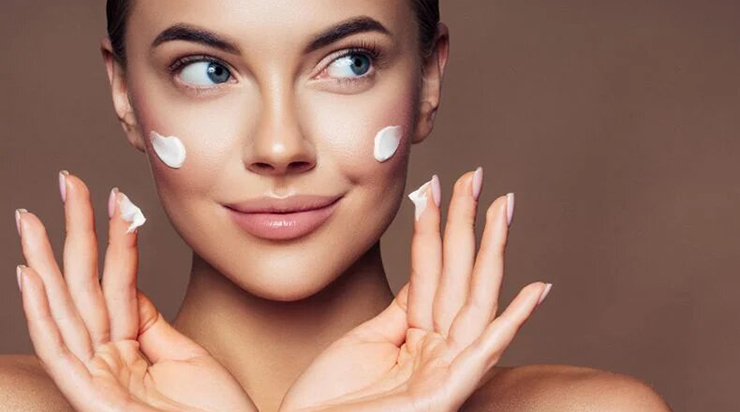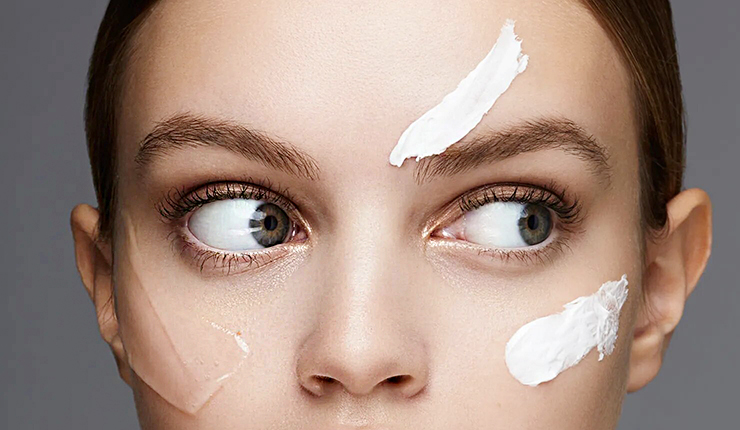How to Use Makeup Primer

What is a primer?
A primer is a prep product that is applied after skin care products to create the perfect canvas for applying makeup. The primer evens out the texture of the skin and acts as a barrier between cosmetics and your skin. Modern primers can contain small light reflective particles that also make wrinkles and fine lines literally disappear.
How to select a primer?
First you need to determine what type of skin is yours: normal, combination, oily, dry, or sensitive. For example, for combination skin, it’s better to use moisturising formulas without silicones, as the latter can get into wide pores in the T-zone and block them. During summer, it is better to give preference to matting primers, since combination skin is prone to oiliness at elevated air temperatures.

Primer for oily skin
For oily skin types, avoid primers that are not labeled as oil-free. It is best to choose matte primers with a silky texture and light formula. Look for products that are specifically designed to hide large pores and don’t use foundation with reflective particles that can mix with skin oil and make your skin look shiny.

Primer for normal skin
Almost all primers are suitable for normal skin, but it is better to use products marked as oil-free and alcohol-free, which will not cause the skin to produce excess oil and will not overdry it.

Primer for sensitive skin
Sensitive skin needs products with the most light formula, without oils, parabens and alcohol. It’s better to choose products that include soothing ingredients (for example, chamomile extract) as well as ingredients that moisturise the skin.

Primer for aging skin
The main problem of aging skin is wrinkles, so primers with silicones in gel form are perfect. They even out the texture of the skin and prevent foundation from rolling into wrinkles. Primers with reflective particles are also great.

Skin tone
Primers for makeup can be not only colorless, but also in different shades to solve specific skin problems. Primers in green will fight redness from acne. Lilac lifts dull skin and neutralizes gray tones, while pink helps brighten and refresh the complexion. Yellow primers, just like peach primers, correct dark circles under the eyes and eliminate dull complexion. Blue primers tend to just hydrate the skin without correcting the complexion.

How to use primer
1. Once you find the right formula, apply your foundation a couple of minutes after your moisturiser. This will serve as a waterproofing of your skin, which will become a shield between the epidermis and makeup. If you apply a base before your day cream or sunscreen, these products will not be able to penetrate the skin and will harm it. If you apply a primer right after your skin care products, your skin will not have time to absorb the moisturiser before the primer forms a protective layer on it. So, the main advice is to wait 3-5 minutes until the day cream is absorbed, and then proceed to makeup.
2. If you have combination skin, you do not have to apply a matting base to the entire face, you can limit yourself to only the problem area which is the T-zone.
3. Use the correct amount of primer. Modern makeup bases are quite economical, as they are often water-based or include a new generation of harmless silicones. Therefore, in order to cover the entire face, a small drop is enough.
4. Apply the primer with your fingers, for better blending due to the warmth of your hands.
5. Use only a small amount of primer, start applying it from the center of the face and move to the periphery, otherwise an excessive layer of product can clog pores and ruin makeup.

